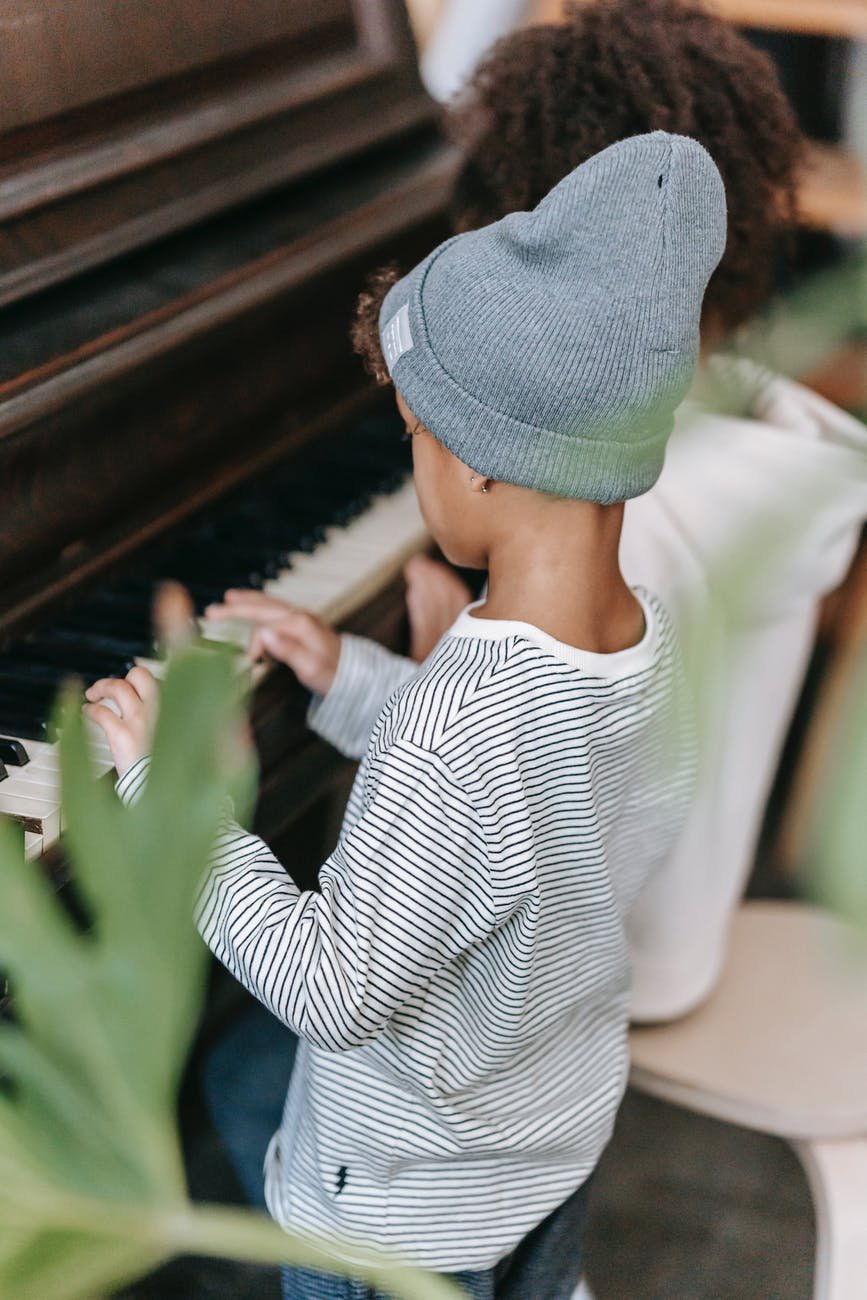Practicing piano should just naturally happen, right? Maybe when you sign up for lessons, that is what you think will happen. The truth is, anything that takes practice doesn’t normally just happen. Although I did play piano every day when I was young, I didn’t always practice my lesson. My parents didn’t really know what I was playing, they just knew I was playing piano. I practiced piano to get out of the dishes (my mom loved hearing me play), I practiced piano to get out of other chores (it didn’t always work).
I am always intrigued by students that come well prepared to their lessons. Many times, I ask them what their practice habits are. Many of them say ‘I practice right away when I get home, so I don’t forget what we did at lesson’, or ‘I do my homework and then practice piano’ or similar.
Really though, what does practicing piano entail and just how do I make it a habit? I’ve come up with 3 tips that will help you practice regularly.
1. Give your piano a spot(light).
My favorite spot for a piano is in the hub of everything so that students can practice while other activities are going on. That way the practicing can be monitored in case the student is playing Jingle Bells every day (that is not their lesson, by the way). You can ask questions while you are busy doing other things as you listen. I don’t think kids need to be monitored constantly, but some are more apt to stray if left on their own. My least favorite spot, although it seems popular with families, is to put your piano downstairs in the basement family room. My reasoning is that no one wants to be sent to the dungeon to practice piano all by themselves. Same for their bedroom. They may enjoy doodling around on it in a far away room, but may start counting that as practice time after a while.
My piano is no longer in the hub of things, and it is a bit harder for me to practice unless I schedule it. When it was in my living area, I could be cooking dinner and sit down to play a song while waiting for dinner to cook. Having your piano in the middle of activities helps to not forget about it.
2. Schedule it.
Set aside a time of day to practice. You can practice any time, but if you don’t have a plan, days will easily slip by and before you know it, it is lesson time again. Sit down and look at your student’s daily schedule. You need to have 15 or 20 minutes of time spaced out each day (at least during the week) so you have a plan. Don’t put it before bed – it will get pushed out of the schedule or used as a stall tactic. Who wants to do what they have been putting off just before bed? I’ve done that enough to know I don’t want to do that.
3. Hook piano practice to another daily routine
I do this myself with a lot of things including playing the piano. Good routines to hook together are homework/piano, make supper/piano, piano/playtime, piano/screen time, eat supper/piano. When you hook daily routines with another job, it becomes a habit.
These 3 ideas will go far in helping a establish good practice routine. It all adds up after awhile and I am still amazed at my improvement when I establish good practice habits.

